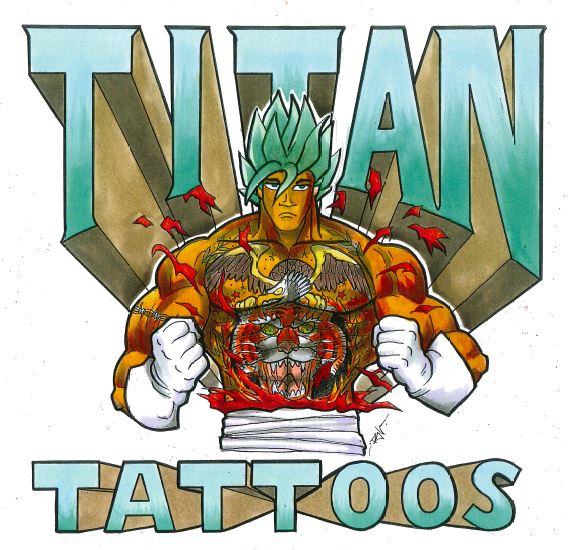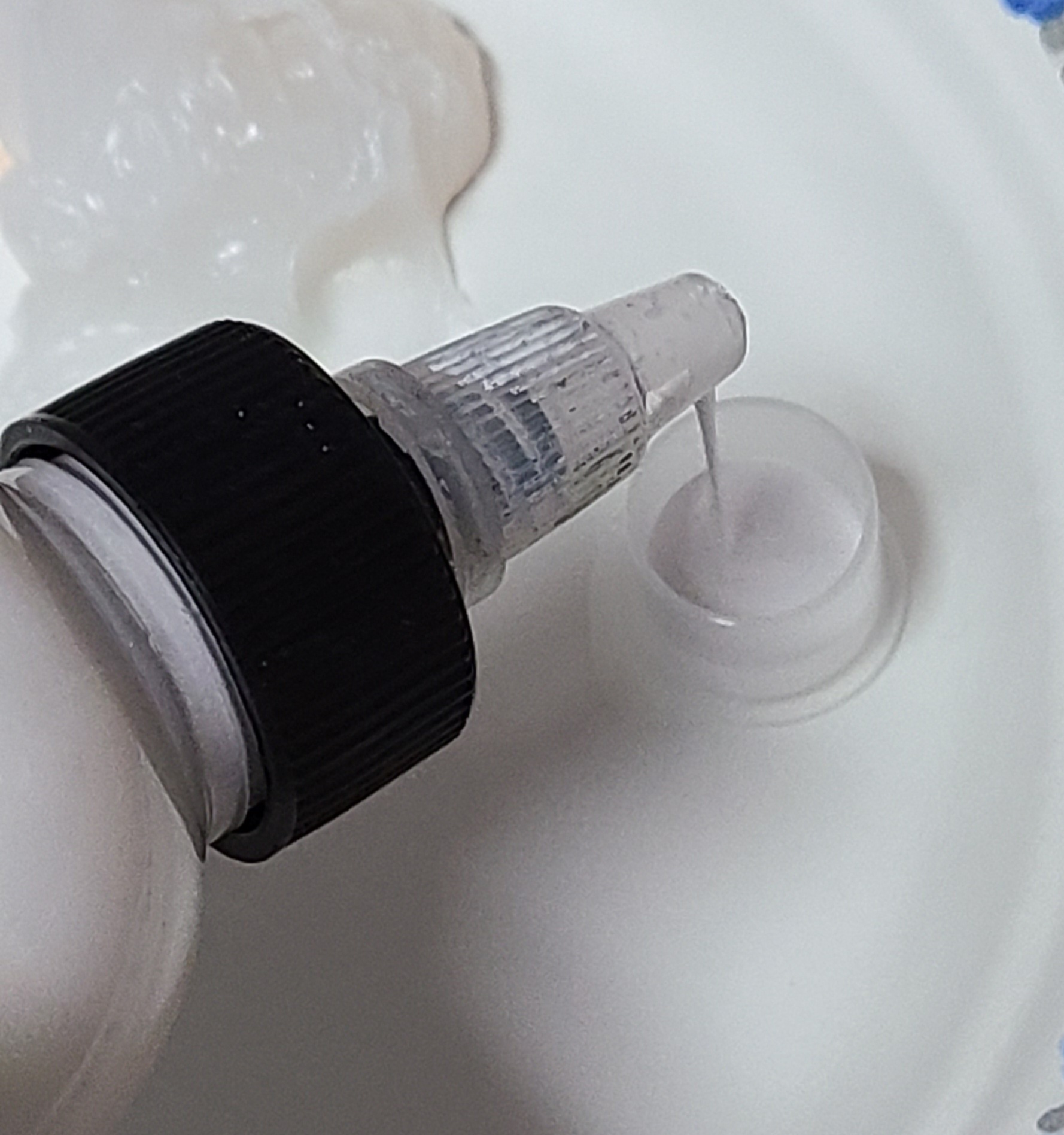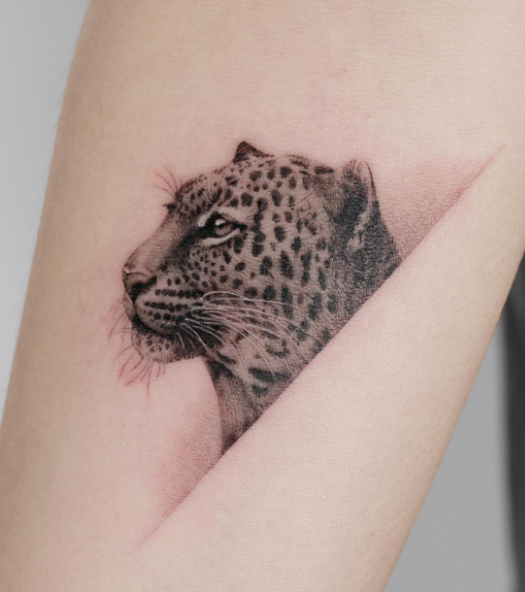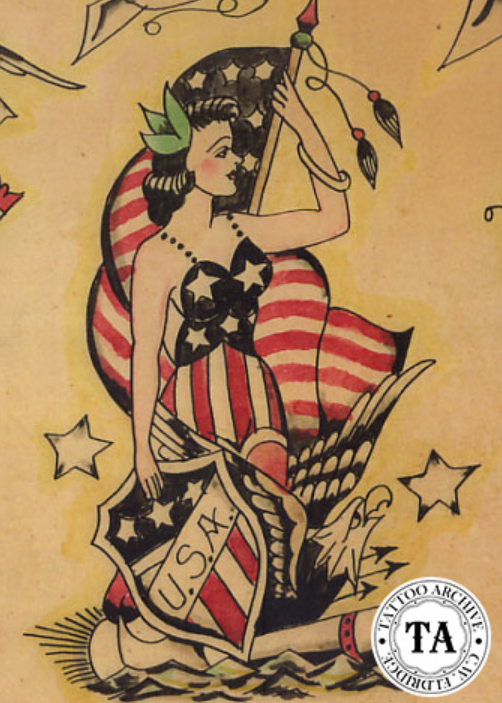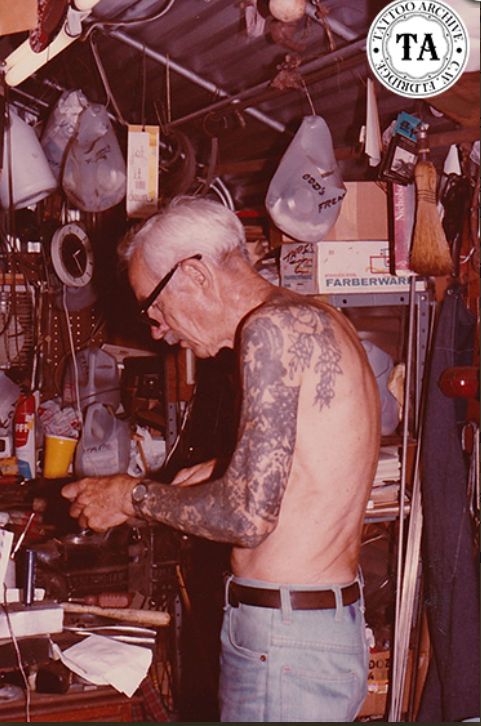What is Archeology of Tattoos
In a lot of my past articles, and coming up in future articles, I talk about the tattoo history of ancient peoples and their tattooing that has been uncovered. This week I’m going to tell you a bit about how archeologists find this out and how they are able to draw conclusions from what they find that becomes a part of tattoo history.
Archeology is the study of material remains of the past and the bodily remains of past humans. The, Reinventing The Tattoo podcast did a great first episode on this with guest archeologist Aaron Deter-wolf. I have ended up using lots of Deter-wolf’s papers in my research and he has been a great reliable source. In the episode he mentions that tattoo research is still fairly new in the field of archeology, scholars have just started to look at it in the 90’s despite the fact that tattooing has been around, “as long as humans have been human.” Compared to how long other branches of archeology have been around this is fairly new in the grand scheme.

One important way that archeologists have discovered and deduced how tattoos are used through the art of ancient civilizations. Sculptures and statues with tattoo markings have given scholars a deeper understanding of the tattoos that were significant to these cultures even when bodies or skin is not intact enough to analyze the tattoo markings. In all the archeology of tattooing scientific papers I have read these figurines have been cited across all cultures. Art is an instrumental way that all of humanity has expressed their cultural values. To be more specific, There are portraits showing tattooed Native Americans which have the same symbols/images as on the pottery from the same area and time, so contextually it can be inferred that this is what we’re also seeing on the pottery. Using multiple sources together to create a clear picture is a lot about what this field of study is about. So artifacts are a crucial way that we piece together tattooing in societies that may no longer exist.
Another really interesting way we learn about ancient tattooing is through experimental archeology. This involves recreating the tools found that appeared to be used in tattooing and seeing if they can replicate the tattoos found in technique; but also if the tools wear down the same as the used tool that they suspect could have been used to tattoo. This is often done by tattooing found patterns into pig skin with the recreated tool. Using microscopes they can compare the ‘damage’ to the new tool to that of the recreation to see if they were in fact used to tattoo. One example of such a practice is with a tattoo needle that was found made from a cactus spine. What they observed was that like the found artifact after using it to tattoo a while the barbs fell off the spine. Under the microscope they could even see that the barbs were rubbed off 2mm up the spine, telling us that they were going 2mm into the skin when using this tool to tattoo.

A more recent technique to studying ancient tattoos has come with the technology’s advances. There are mummies that have been unearthed and on display for hundreds of years that had tattoos the naked eye could not see. Because of the intense process of mummification, lots of the patterns on the skin did not survive. We now have the technology to scan these remains with infrared light in ways that reveal tattoos. Infrared reflects differently than natural lighting, it reflects in the infrared spectrum and a collector of this light creates imaging that can show tattoos because most are carbon based. This is comparable to infrared used in art, and how lighting can show a charcoal underpainting when scanning a complete oil painting.
One of the main problems with studying tattoos of ancient societies is that in a lot of cultures there were specific burial practices that didn’t preserve the tattoos. On the podcast they talked about how it was tradition in many societies for bodies to be defleshed before burial and thus we cannot study their tattoos aside from artifacts and what limited records may have been kept.
Tattooing is still a new field of study which means that a lot of information in past studies of bodies was not necessarily recorded. As tattooing is becoming more mainstream in the modern world it has forced academia to start taking it seriously and realizing how much can be learned culturally from studying the tattoos of a culture. This was just part of the information in the first episode of the, Reinventing The Tattoo podcast! If you’re a tattoo junkie or just searching for something new to listen to at work or on the road definitely check them out! You’ll definitely be seeing upcoming posts from me with Aaron Deter-wolf and this podcast in the sources. Now you know when I talk about tattoo history learned through archeology just how scientists may have come to their conclusions.
Sources:
- https://mtsunews.com/deter-wolf-tattoo-pbs/
- https://exarc.net/members/ind/aaron-deter-wolf
- Reinventing the Tattoo Podcast, Episode 1







































































